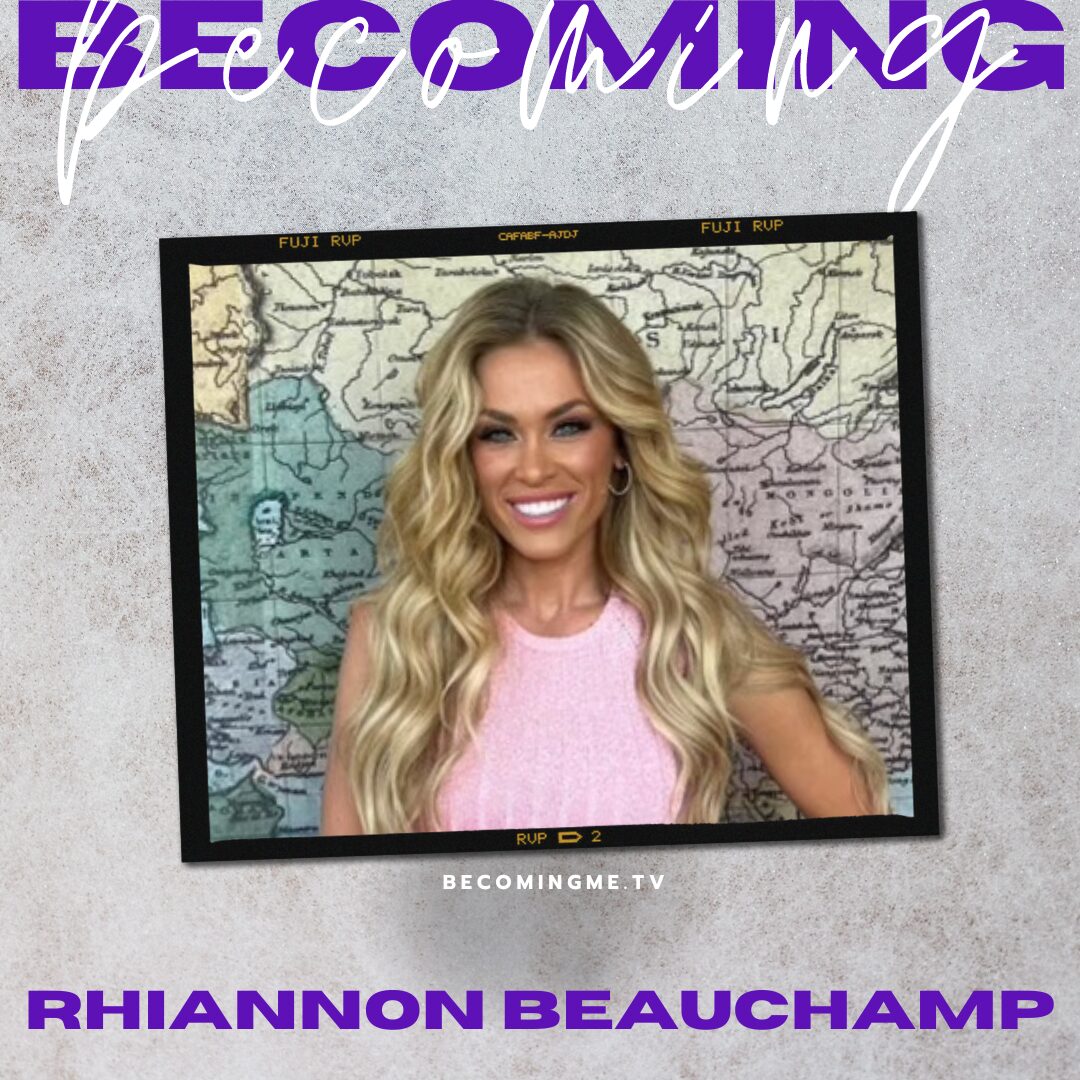I felt like an intruder, an unwelcome stranger crashing a party. The immediate stares from members of the congregation as I tried to find a seat in the reverently quiet cathedral, confirmed my sneaking suspicions–I was walking in on a community that I didn’t belong to, a community filled with identity, tradition and piety–an identity of which I was no more accustomed to than their community would be with mine. I wasn’t sure what to expect when I began driving to the Queen of Peace Catholic Church for Saturday night Mass, but I did find, without a doubt, a community who’s very ethos centered around devotion, tradition, and a means of social identity.
I made the final right-hand turn off of Highway 200 into the parking lot, parked my car, and walked towards one of the most beautiful buildings in Ocala. As I hurried through the rain, I began to take notice of the others scurrying in beside me and I quickly realized that I was about to step into a completely different generation’s religious community. Shaking tiny water droplets off my shoulders, I pushed open the front doors and ate in the silence like a piece of chocolate cake. One scan of the room confirmed my earlier suspicions…I was the youngest, single individual in the room. Walking as quietly as possible to a middle row, I sat down and began to observe what those around me were doing. Two older men in their late sixties dressed in baby blue slacks and white dress shirts, shared a camaraderie of memories as they whispered about their week. The middle-aged woman several seats over from me watched the crowd as she pulled a thin blanket around her knees. The room held a condensed silence–or somewhat holy attitude while awaiting the beginning of Mass.
Architecturally, the church was beautifully established. Its stone floor echoed every movement and bounced each stray sound off its high ceilings. Colorful paintings adorned the creamy walls pointing towards the front, where a gorgeous stained-glass piece of art in the form of Christ on the cross framed the area the Priest and worship leader were sitting. Three sections of pews bordered the front of the church, almost forming a cross with the stained-glass depiction of Christ.
As Mass began, I quickly learned to watch those around me and tried to keep up. In a small pamphlet, the order and designated readings for the day were outlined along with the congregation’s responses. The Priest greeted us by saying, “The Lord be with you.” We then responded, “And with your spirit.” Before the Priest delivered a message, or teaching, we as a congregation sang hymns and listened as the Priest read from Exodus 24:3-8, Hebrews 9:11-15, and Mark 14:12-16 and verses 22-26. The Priest then rose and lifted the Word of God. As a congregation, we also rose in reverence as he walked to the pulpit. Once seated, we listened as the Priest opened his time with a question, “Why are we here?” He continued to unpack the Catholic beliefs regarding why they gather as a community of believers. He stated that they gather to celebrate the Passover and honor the Lord. Interestingly, everything done prior to the Priest’s teaching was in direct accordance with what he was communicating–everything pointed to honoring the Lord in an effort to clear and check one’s conscience and worship God.
Mass was conducted by strict rituals and pattern-like behavior. To an outsider, knowing when to stand or what words to say at the appropriate time felt as confusing as trying to drive in the pouring rain without windshield wipers. However, as I watched those around me, I saw that they observed Mass with a reverence and pride that drew me into the beauty they were aiming to achieve–honoring the Lord. The two elderly men in front of me turned and blessed me after a hymn and nodded at each other congenially. They rarely needed to look at the provided verbal cues or watch nearby worshippers to know when to stand or sit. Their bodies moved methodically for them, showing years of dedication and observed tradition.
As the Priest continued, he also explained the meaning of the altar. The altar is a reminder that we are a people of a new covenant and under a new, higher priest, the Lord Jesus. He explained that the Priest always kisses the alter in reverence to the Lord. The eucharist was then explained as love broken and poured out for many. Rather than a depressing symbol of Jesus’ broken body, the eucharist is a celebration of unbroken memory in a memorial to Christ. In a counter clock-wise fashion, each aisle proceeded towards the front of the church to receive the eucharist. Kneeling in front of the priest, the priest would then place a wafer in the open palm of the receiver. I followed those in front of me and knelt before the Priest. After he handed me the wafer, I paused, waiting for the woman next to me to receive her’s. The Priest, sensing my uncertainty, subtly pointed to my wafer and then to his lips, nodding for me to partake in the ceremony. After taking the eucharist, I walked back to my seat for the closing prayers. Kneeling on the altar in front of me, I observed those surrounding me as they recited their responses and reverently acknowledged God. With the final blessing, the crowd filed out of the room in hushed tones. Several lingered, looking at paintings and talking with old friends. As I prepared to leave, I spoke with the Priest who served the eucharist and he blessed me on the way out the door.
As I walked to my car, my mind drifted towards what I had seen and experienced in the last hour and began comparing that with the past 21 years of Baptist and Non-Denominational experiences I have had. First, I noted that tradition facilitated the experience. Rarely did a person signal for us to stand or speak. The congregation knew what to do and when to do it. On the contrary, in the Baptist and Non-Denominational experiences I have been accustomed to, a pastor, speaker or worship leader vocally cues the congregation when to sit or stand. Second, I observed that the rituals that had taken place in Mass were directly related to their formal beliefs and explained by the Priest. Everything had a meaning or purpose and all tied into the central theme of honoring the Lord with a clear conscience as a community of believers. Before each individual entered and left the row they sat in, they put their right leg behind their left and did a slight bow. They also honored the mention of Mary or Saints with the Sign of the Cross. The individual was de-emphasized and the congregation as a whole participated in unison. As seen in history, the congregation embraced a docile, submissive behavior in accordance with the view that Jesus was a suffering Savior. In my background, reverence and acts within the service aren’t always directly correlated to honoring the Lord as a spiritual community. Individually, many perform different acts in reverence, such as lifting their hands in worship, but as a central, unified body of believers, we do not always symbolically portray our beliefs.
My mind couldn’t help but think about the social composition of the evening. I was surrounded with a primarily elderly congregation–middle class, World War II veterans–and roughly three families with children, who seemed to be of a middle class status as well. The church I regularly attend is a generational mix of veterans, twenty-somethings, and everyone in-between. The elderly dominated Mass put a different perspective on traditional rituals than the diverse environment I am accustomed to. I began to see the importance this group placed on both tradition and obtaining a social identity. I felt like an outsider stepping in on a private matter because I didn’t fit the natural mold for this community–those who found their identity in the traditional rituals they were following. Queen of Peace serves as a reference point for this generational community–similar to the Irish and German Parishes in the mid-nineteenth century, a sense of community and meaning had been adopted in the hearts of the people.
The congregation also portrayed similar aspects of Devotional Catholicism practiced prior to the 1960s. Socially and psychologically, this group looks to their religious community for their social identity as they struggle against society’s discrimination of age, politics, and feeling as outcast outsiders in American society today. In a changing 21st century America, middle-class World War II veterans and Baby Boomers utilize the Catholic Church as a means of social identity.
What began as an awkward first dance with Catholicism, ended with a broader understanding of the psychology of a group of people struggling to find an identity in an ever-changing 21st century American society. The sense of devotion, tradition and identity found within the confines of Saturday night Mass empowered a generation to feel connected and allowed a 21-year-old to see the role religion plays in providing a social setting for our lives in the confines of a larger American society.



